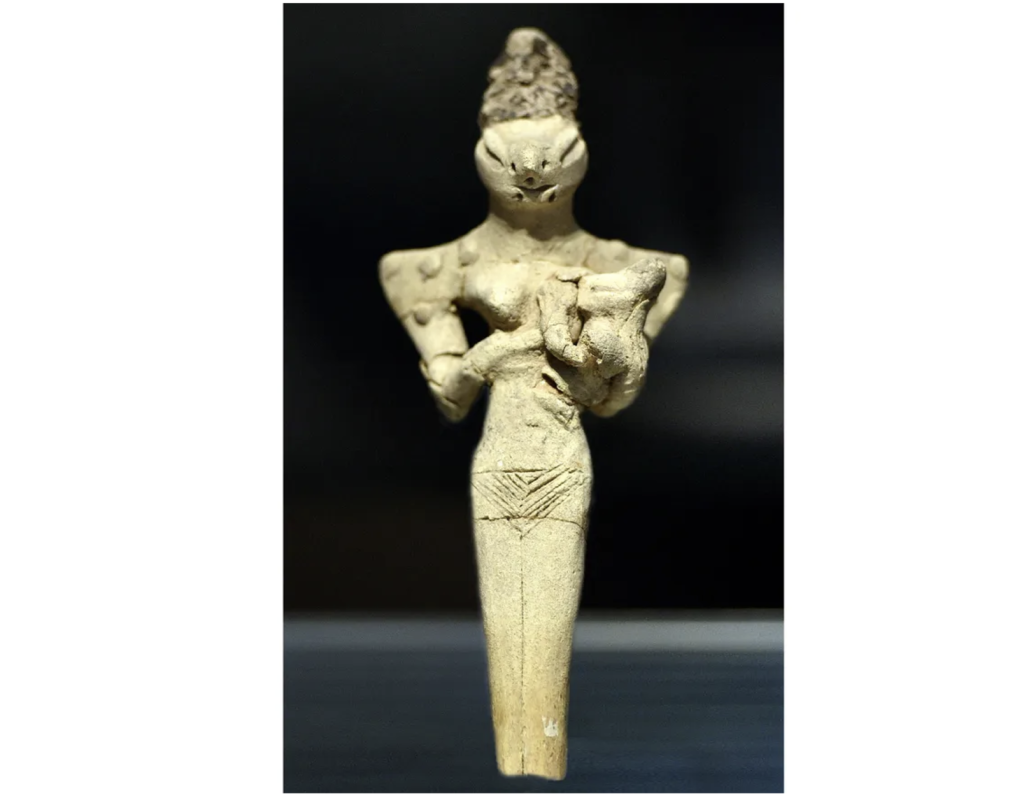Experts say it aligns with the artistic style of the Ubaid culture.
Others are reading now
In the heart of the Arabian Peninsula, archaeologists have been uncovering traces of some of the earliest human settlements.
These discoveries often reveal the remarkable ingenuity of ancient cultures. From pottery to tools, every artifact provides a glimpse into their way of life.
However, a recent find in Kuwait has captured global attention for an entirely different reason, according to Digi24.
Symbolic or Ritualistic Significance?
At the Bahra 1 archaeological site, researchers unearthed a 7,000-year-old figurine that looks strangely familiar to modern depictions of extraterrestrials.
Also read
The small clay artifact features an elongated skull, narrow slanted eyes, and a flat nose. Experts say it aligns with the artistic style of the Ubaid culture, a civilization that flourished in Mesopotamia and beyond.
The figurine was found during an excavation led by archaeologists from the University of Warsaw. It is the first of its kind discovered in the Persian Gulf, though similar artifacts have been unearthed in Mesopotamia.
Its unusual design has sparked debate about its purpose. Some believe it had symbolic or ritualistic significance, while others see it as a reflection of artistic traditions from thousands of years ago.
One theory suggests the figurine’s exaggerated features may represent cranial deformation.
This practice, common in Ubaid society, involved binding the heads of infants to reshape their skulls. It was likely a status symbol, denoting membership in a specific class or group.
Bahra 1 is also notable for being the oldest known site for ceramic production in the Persian Gulf. The figurine’s discovery supports this, as researchers study the clay used to create it.
They hope to uncover clues about the environment and resources available to the Ubaid people.








